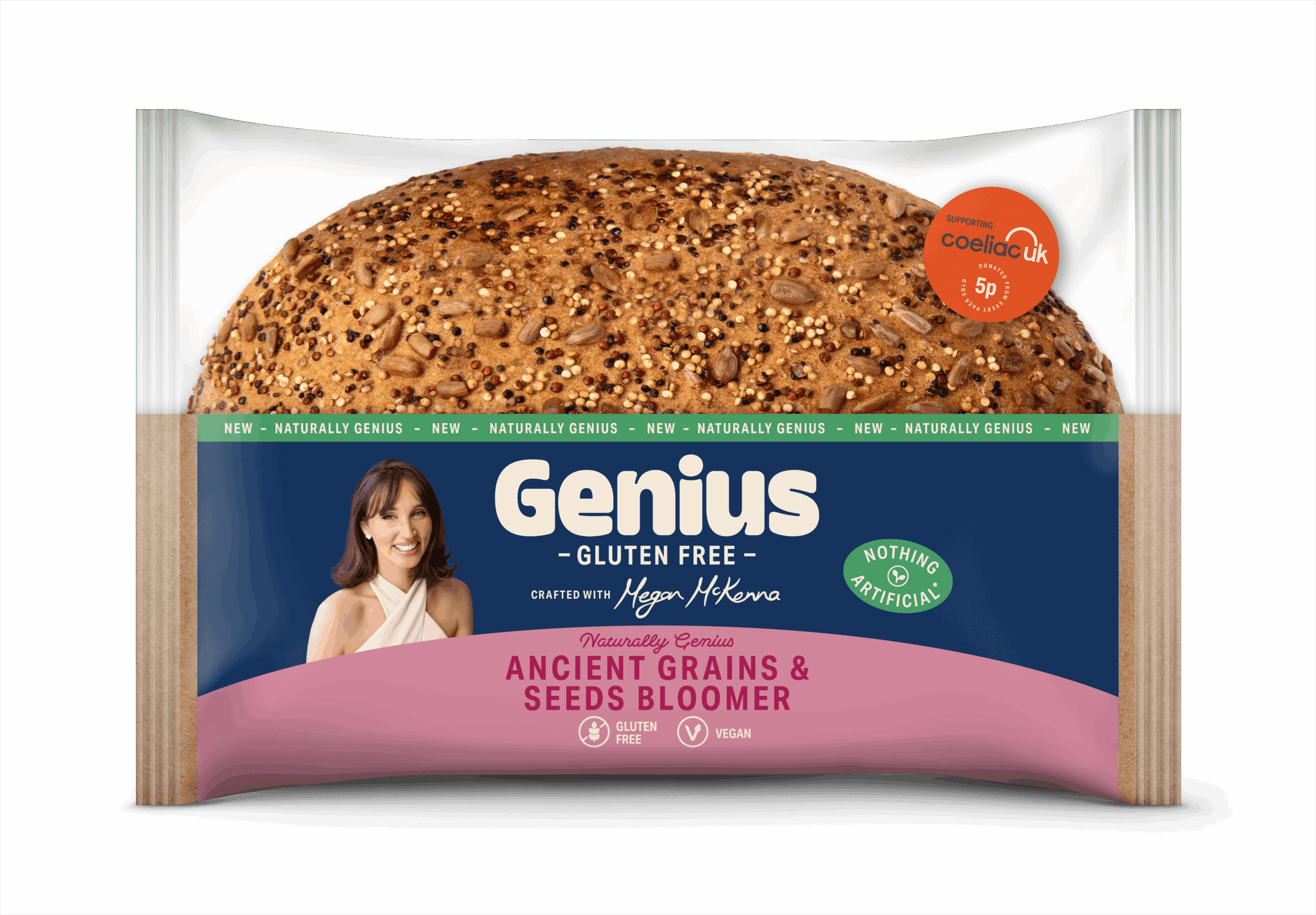








Co-created with Megan McKenna, our naturally delicious Ancient Grains & Seeds Bloomer is bursting with crunchy Millet, Linseed, Sunflower and Chia seeds, and topped with a rainbow of tricolour Quinoa and Sunflower seeds, a hearty treat for the tastebuds!
Water, Starches (Maize, Tapioca, Potato), Rice Flour, Mixed Seeds (12%) (Millet, Linseed, Chia, Sunflower), Vegetable Fibres (Bamboo, Linseed, Chickpea, Maize), Rapeseed Oil, Psyllium Husk Powder, Rice Protein, Teff Flour, Yeast, Stabiliser (Hydroxypropyl Methyl Cellulose*), Sugar, Salt, Fermented Maize Starch, Apple Extract, Apple Cider Vinegar, Quinoa. *Derived from Plant Material.
Made without Wheat. May contan Egg. Not suitable for those with an Egg allergy.





